Actual fuel economy of cars and light trucks: 1966-2017
Green Car Congress
SEPTEMBER 30, 2019
vehicle fuel economy. Specifically, this study examines actual fuel economy of cars and light trucks (pickup trucks, SUVs, and vans) from 1966 through 2017. Calculated vehicle fuel economy is available going back to 1923. A minor increase between 2008 and 2017 (from 21.8 total Btu).























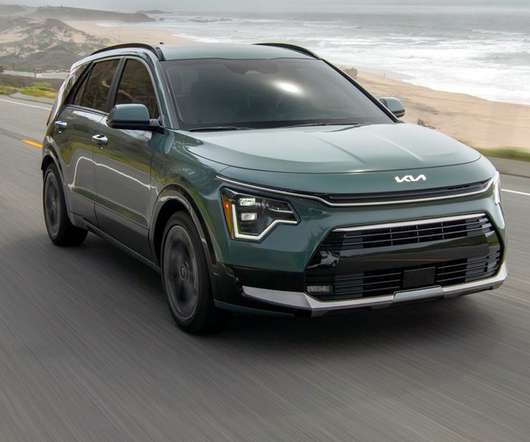

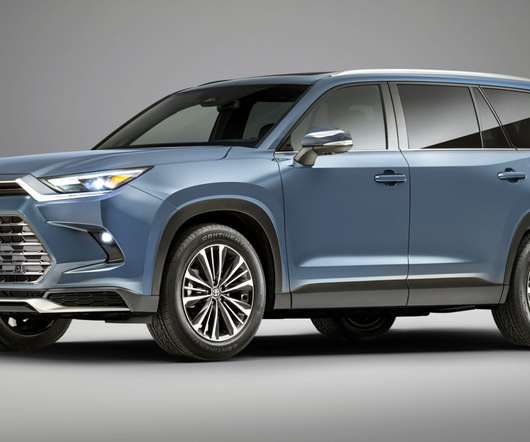

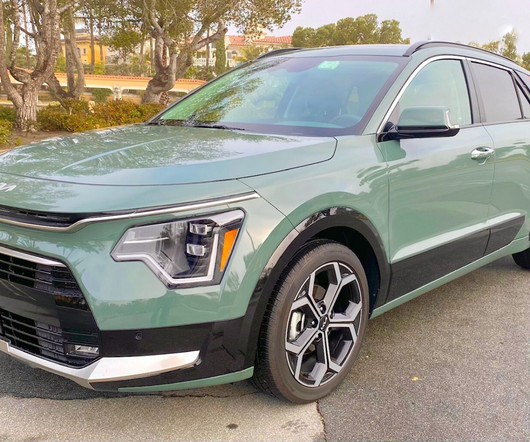


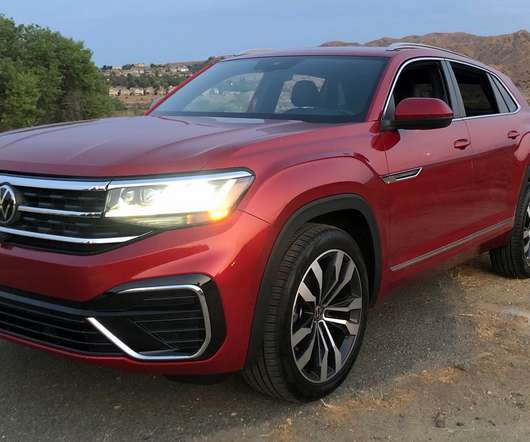






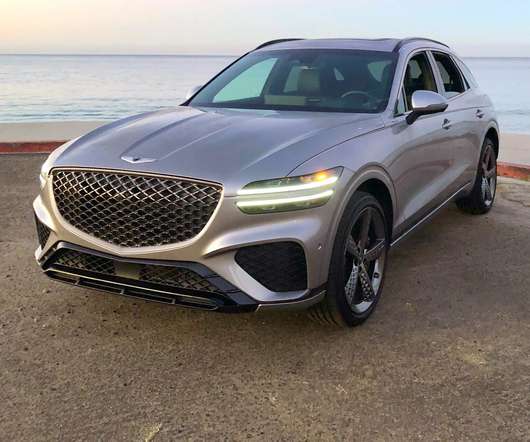








Let's personalize your content